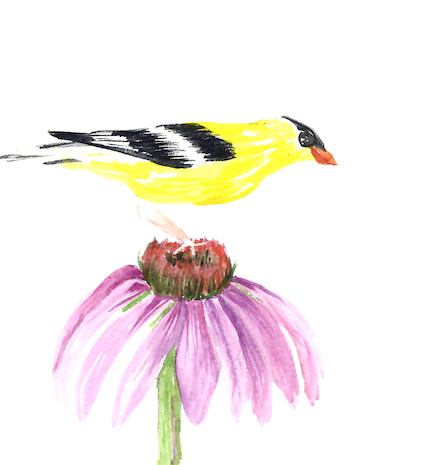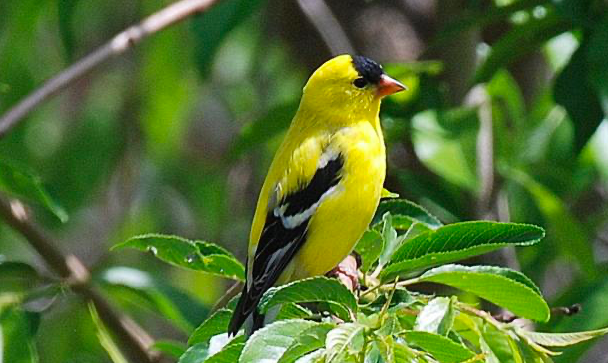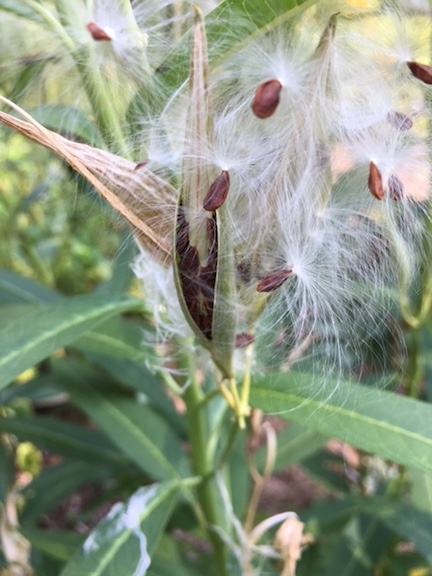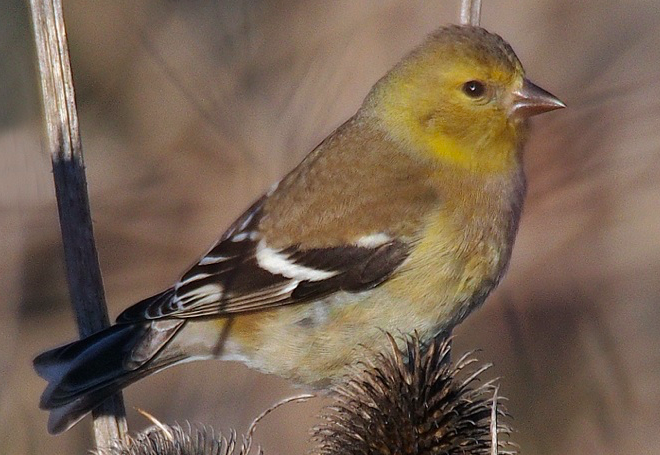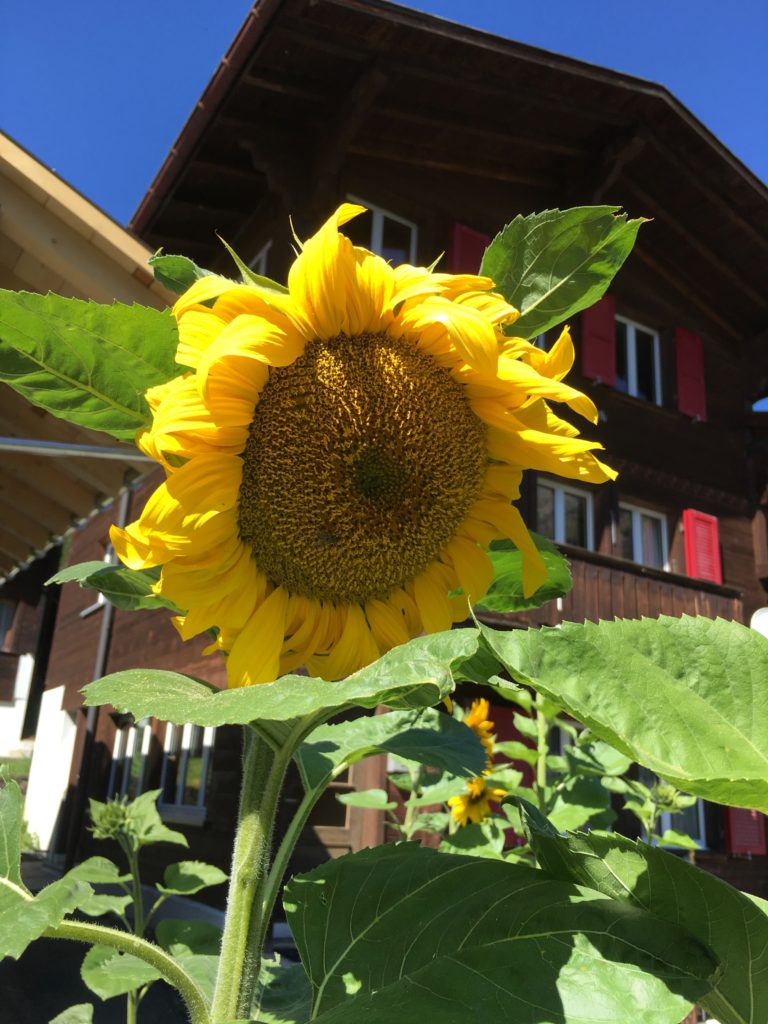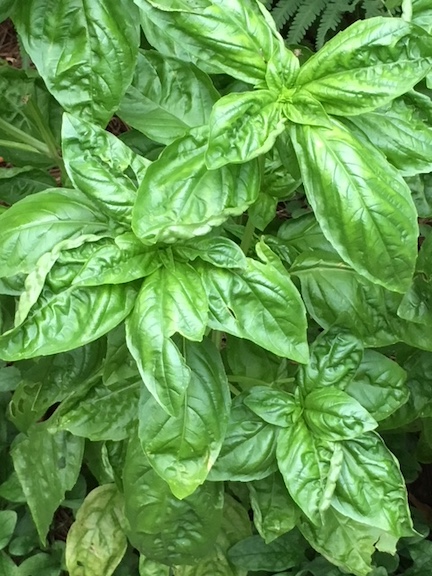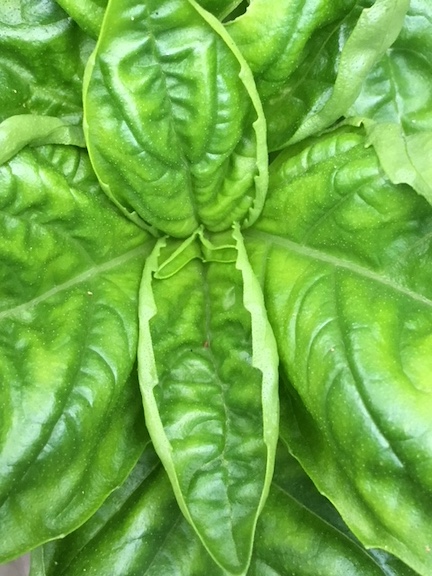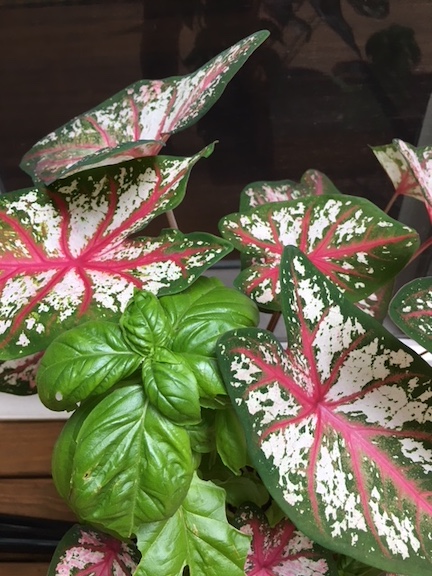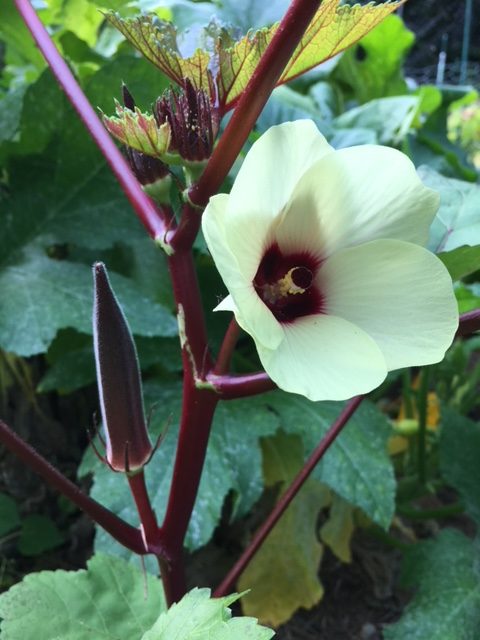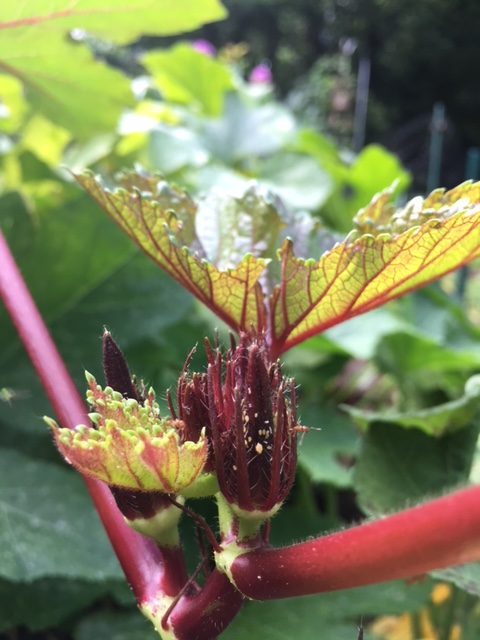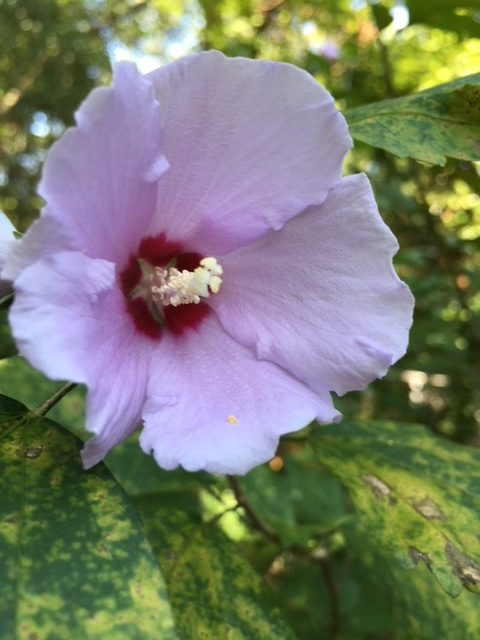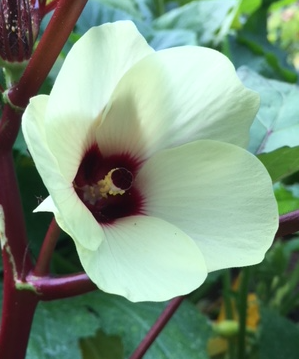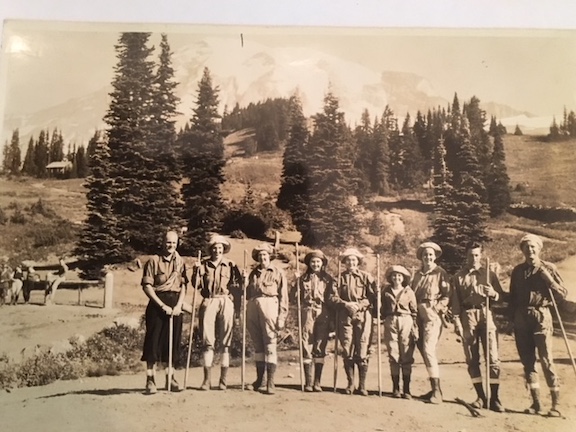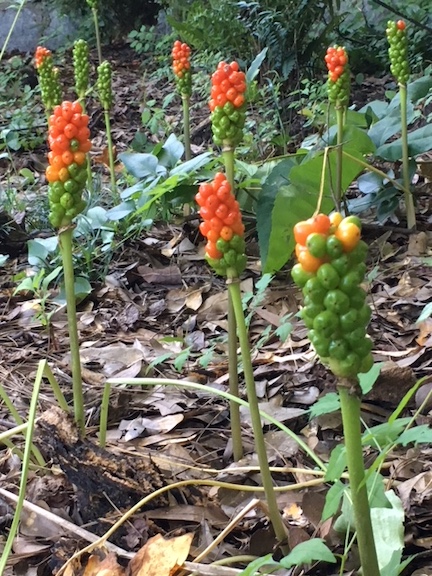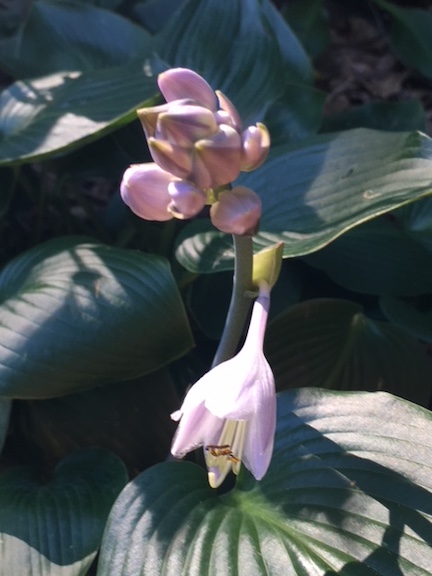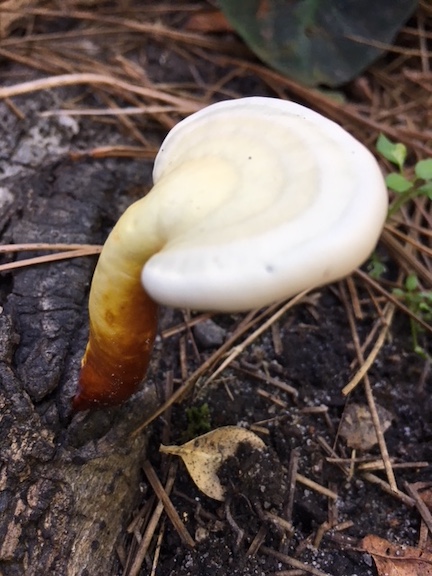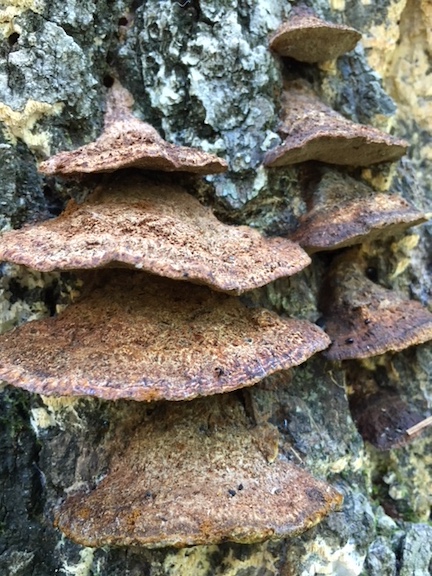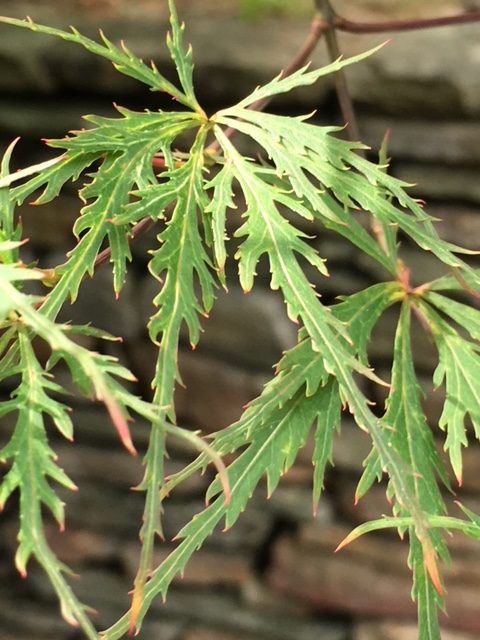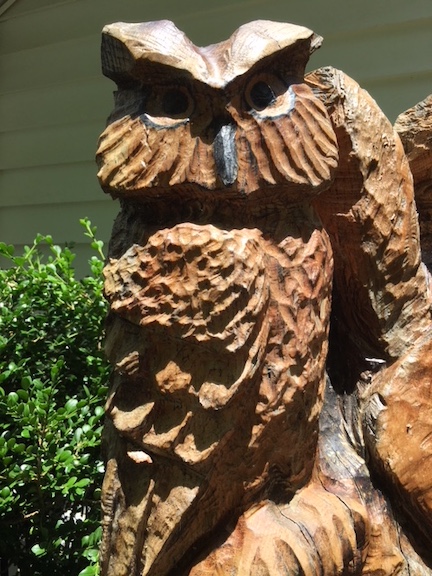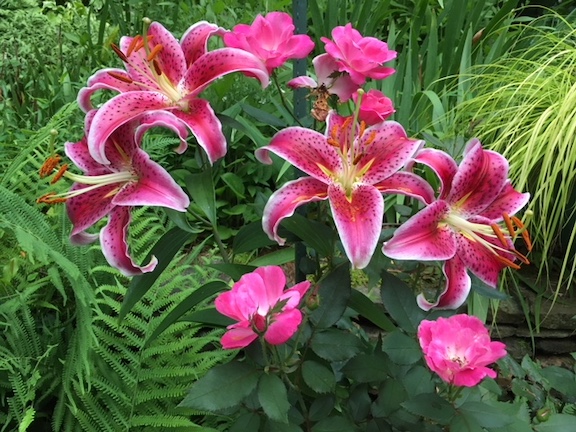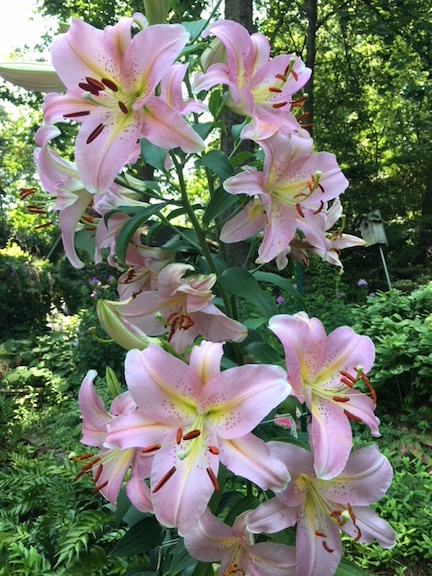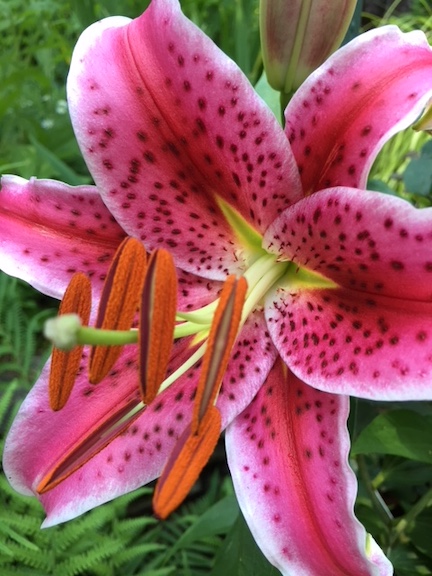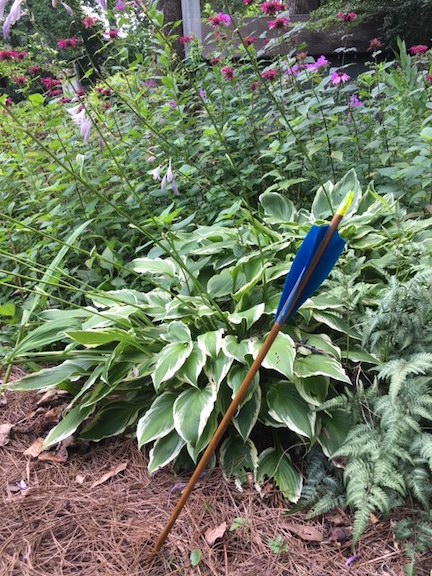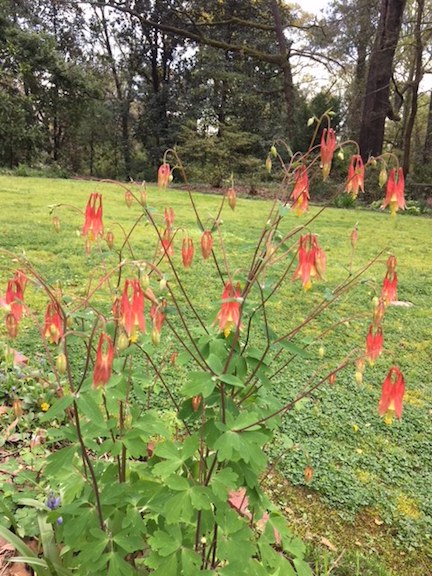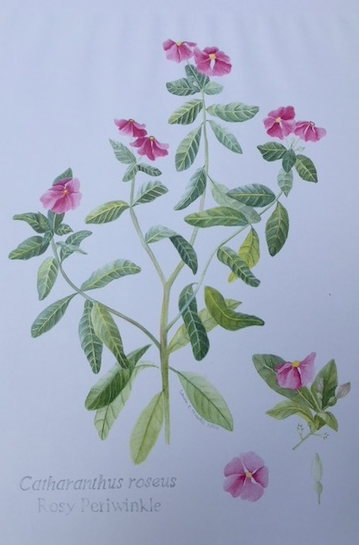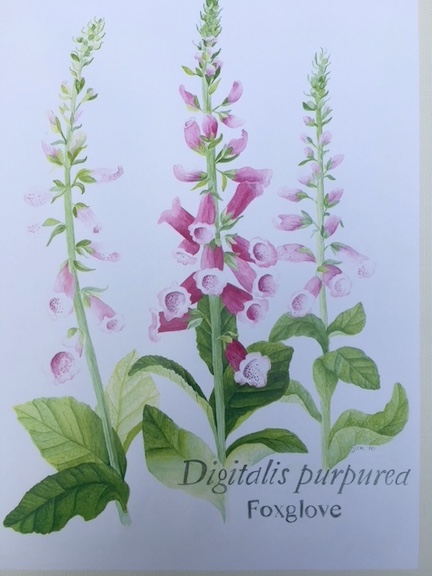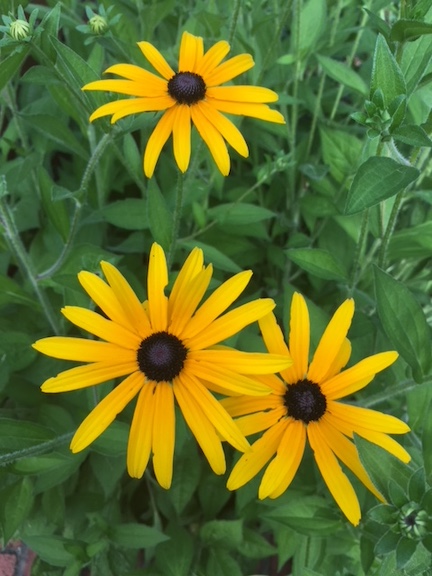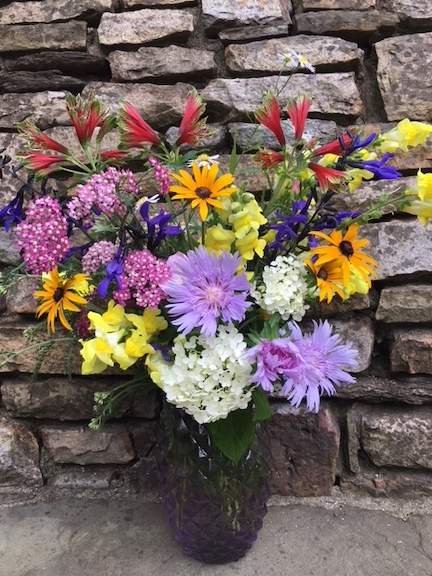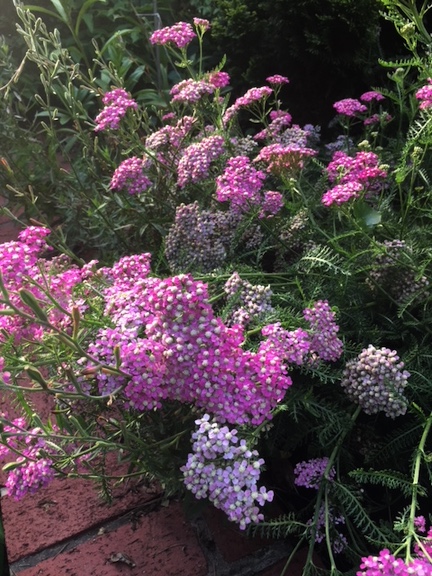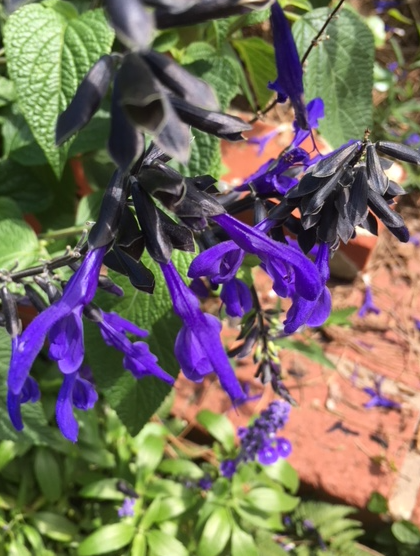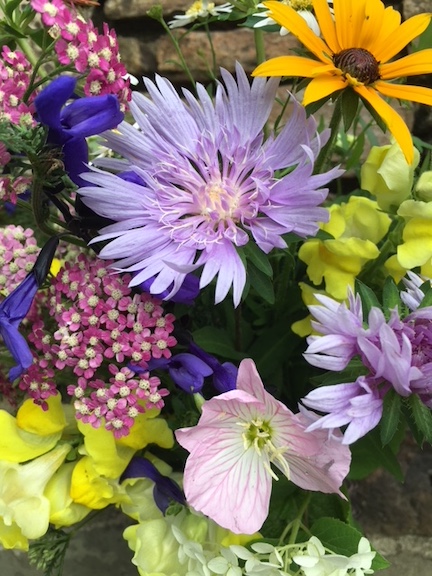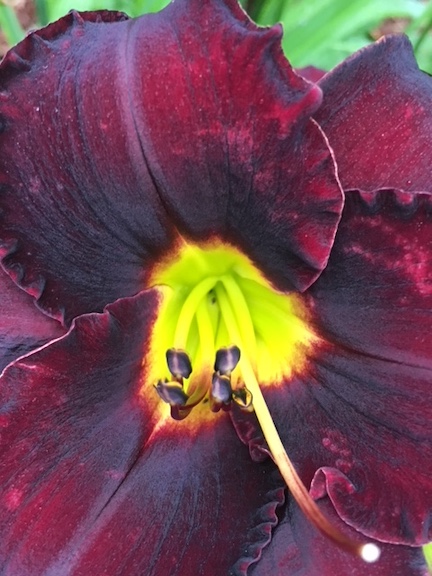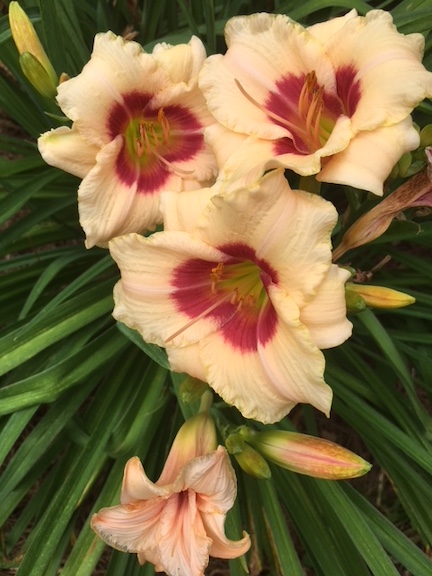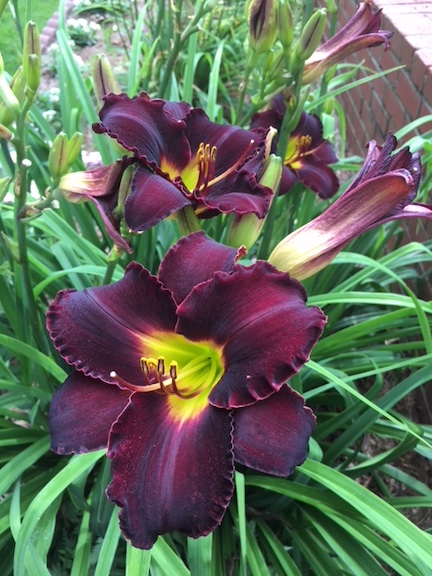For those of you who have been reading this blog for a while, you might remember that in Spring 2019, I wrote (rapturously) about seeing a white fawn in the woods close to Lake Lanier.
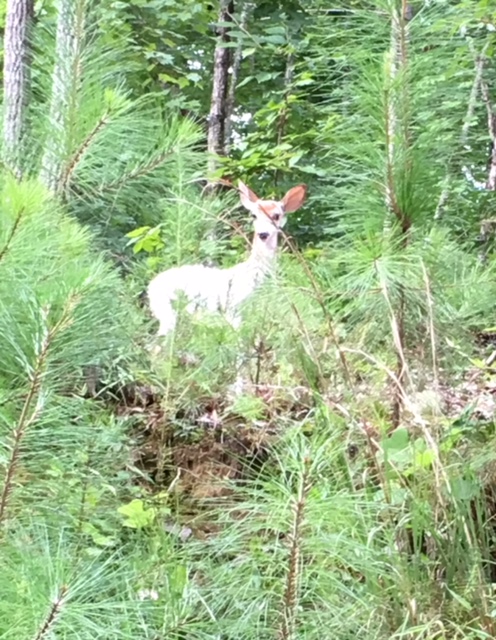
In the 18 months since then, a lot has happened (understatement!). But one of the fun things has been watching this beautiful little white fawn grow up. And, much to my surprise, “she” seems to have sprouted antlers this summer. So much for my instinctive feeling that it was a girl.
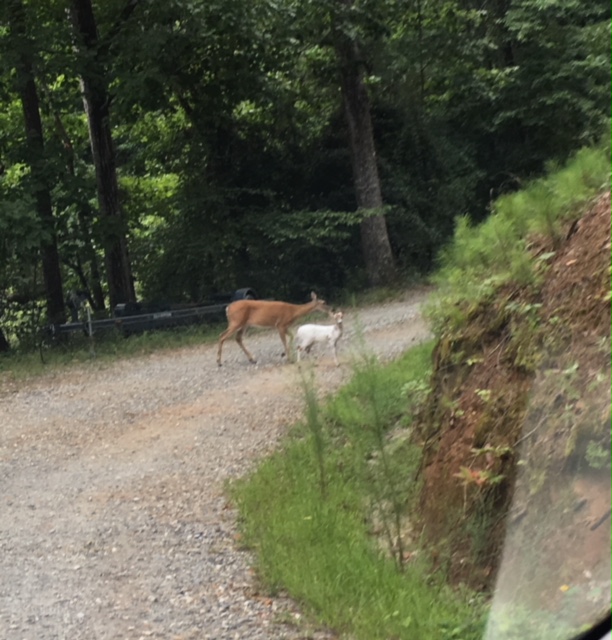
As far as we can tell, the deer is healthy and does not seem to be shunned by the other deer. He is not an albino, but a true white with some brown spots on his neck and face. White deer are quite rare, though there is an entire population of them on an island in a lake in New York State.
As enamored as I am with this deer, I have to admit to some feeling of frustration when I discovered that he and his friends had apparently had a feast in my carefully planted flower beds. Having never gardened with deer before, I just didn’t THINK about it, until I arrived to neatly grazed flowers, with just the nubs sticking above ground. They ate every leaf off every plant, including a small Japanese Maple tree.
So, out came the books, the websites and the gardening magazines on a search for plants that deer WON’T eat. And all the experts say that deer will eat anything if they are hungry enough. But, heavily scented and deeply textured plants seem to be low on their list of preferences. So, I tried black eyed Susans with fuzzy leaves, which they ate right up and continue to nibble on whenever it has a chance to recover. And yarrow, which has a strong medicinal scent, which at first they ate but have not yet eaten the new growth. They seem to leave alone lenten rose and most ferns and SO FAR marigolds.
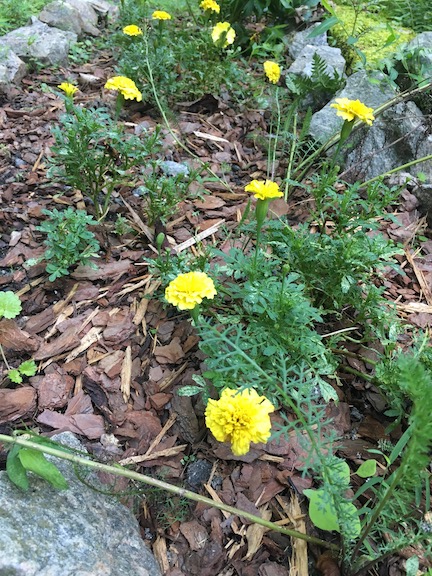
I’m pretty philosophical about gardening with deer, I don’t depend on my vegetable garden to sustain us and though it’s nice to have a few flowers out front, it’s not absolutely necessary. And, even though they are destroying my garden, I am still thrilled when I see these graceful creatures bounding through the woods. After all, they were here before I was and have a more legitimate claim to the woods that I do. So, when I see a blaze of white running through the woods, I’m grateful to be in a place where wild things are still wild.

